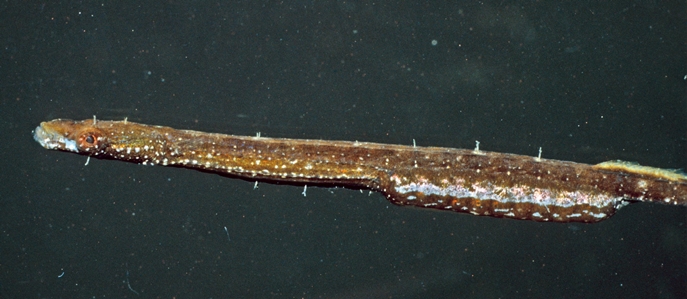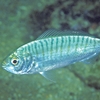General Description
Body long slender, tubular; snout short; tail prehensile with a tiny fin; body usually covered in hairy appendages which provide camouflage; snout ridge convex in males, concave in females. Pale green to mottled brown, often with a dark stripe on underside of head and body. To 10 cm.
Biology
One of the most common estuarine pipefishes in eastern Australia.
Habitat
Seagrass and macroalgal habitats on shallow reefs in the lower reaches of rivers, sheltered estuaries and bays, in 0-3 m.
Reefs
Seagrass meadows
Distribution guide
South-eastern Australia.
Species Group
Fishes › Seahorses, pipefish and allies
Depth
Water Column
Max Size
10 cm
Commercial Species
No
Global Dispersal
Native to Australia
Identify
Conservation Status
- DSE Advisory List : Not listed
- EPBC Act 1999 : Not listed
- IUCN Red List : Not listed
- Fisheries Act 1995 : Protected Aquatic Biota





